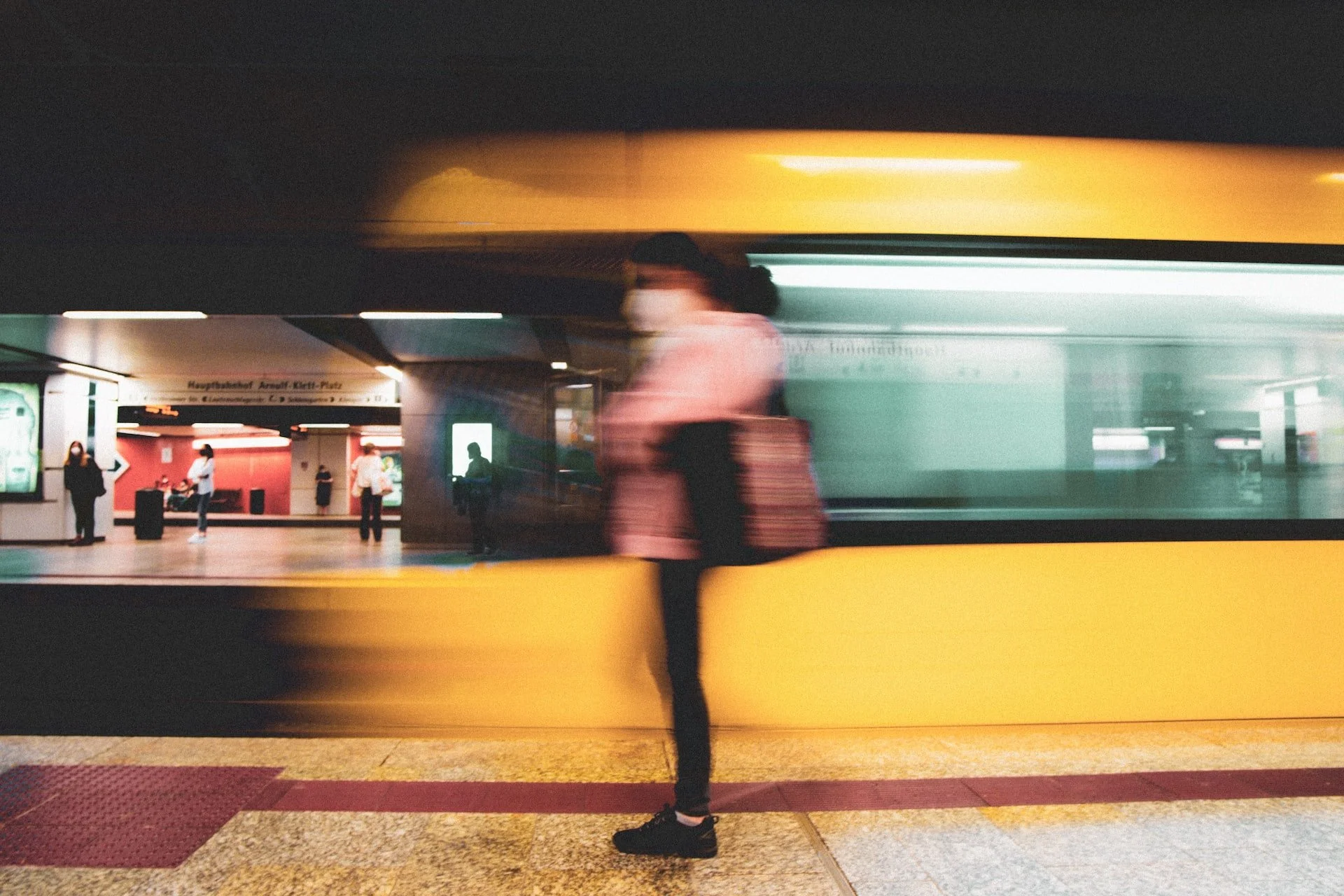Maintaining a just city
A big challenge facing cities is managing an ecological transition while ensuring people are not left behind - keeping a just city.
How can we create more sustainable mobility that is inclusive, affordable and accessible for the whole population?
We are in a time where administrations are under economic pressure and lack the economic capacity to develop the infrastructure that we are used to seeing implemented at scale. There are also disparities between different cities and what we have is not enough to serve us all proportionately. In order to provide justice and mobility for all, new ways of providing mobility must be accessible for those in the periphery, as well as the city centre, and this is both a social and spatial challenge.
City centres are generally well served by infrastructure but the periphery is often poorer in its provision as a result of economies of scale, reducing the amount of service able to be provided efficiently. However, there are examples of efficient methods that don’t need the large economic budgets we are often led to believe need to be in place - rapid bus routes in highways or subsidised taxis for night transfers. Socially, city centres disproportionately attract the poor and this inherently has a relationship with the conflicts of justice and mobility.
“It’s not the same to come back late at night as a woman as it is for a man,”
In Germany, municipalities and communities have implemented subsidised taxi systems for women. Frauen Nacht taxis offer people who identify as women to be transported in the late evening or at night with taxis at the normal price of local public transport - giving women who do not have the financial means for a taxi the opportunity to go out in the evening without being endangered.
“Actually, it becomes more efficient than putting a night bus that runs the same route every night - often whilst empty or severely underutilised as is often the case with a night bus,”
The background to Frauen Nacht taxis was the feeling of insecurity expressed by women about moving in public spaces at night, which has a restrictive effect on their mobility. A study by Stern magazine found that 71% of women and 22% of men in Germany felt threatened when they walked at night.
“I don’t believe that what we need is a crazy new tech that will solve the mobility of today. I don’t think drones will solve the challenges of the periphery,” Calzado laughs. They are probably only going to cause more problems.
Biography:
Rocío Calzado is an architect and urban planner based in Paris, with a postgraduate degree from the Polytechnic University of Madrid, and currently pursuing a Master in European Urban Policy and Ecological Transition at Sciences Po Paris. Her work has been published in different publications and she has participated as a speaker in various international conferences and congresses including European Network for Housing Research, TU Delft Atlantis Magazine and Colombian Construction Chamber Congress.

